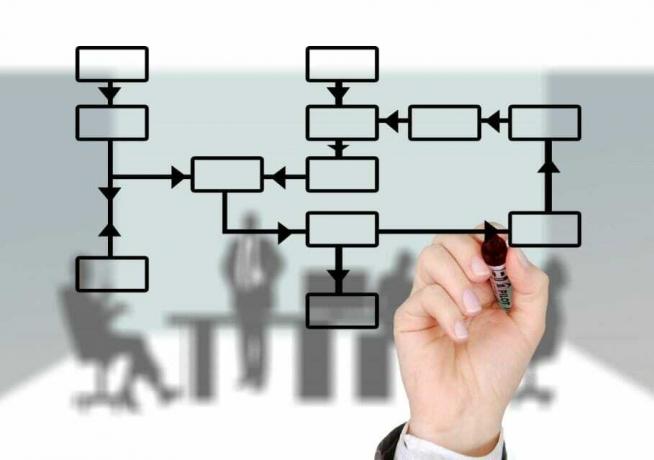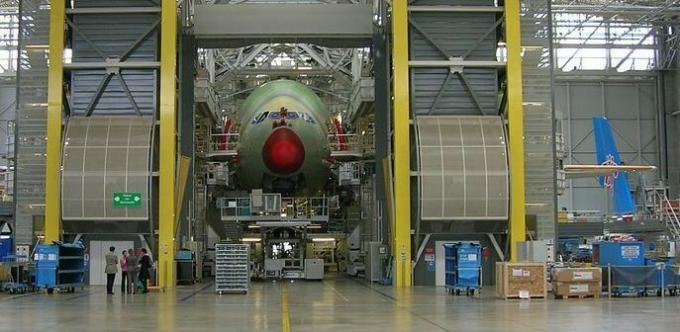Formal Organization is understood as the planned structure, governed by strict rules or regulations and detailed procedures. They are under an order and hierarchy of specific positions, through which it is possible to successfully carry out the objectives and activities of any institution.
The formal organization of a company is based on division of tasks, functions and work activities, for this it presents a structure that respects the type of responsibility and authority that each position holds, in turn workers can communicate through channels, respecting the levels of hierarchy.
Advertisements
The administrators and directors of an organization are in charge of establishing both its structure and the guidelines that will guide it and guide its destiny. All this information is disclosed through regular channels to all members of the organization, so that each worker knows the organizational culture, the objectives, the mission and vision.

Advertisements
Usually the norms, rules and procedures to carry out the work, are manifested in writing and distributed to the members of the organization, with which each worker knows what to do, how to do it, the tools that he requires for it and the time in which the completion of the job is expected. activity.
In this way, with its application and mandatory compliance, several things are ensured:
Advertisements
- Knowledge and respect for the hierarchical order on the part of all.
- Knowledge of and respect for work relationships between employees and with their supervisors.
- The activities and work functions will be carried out in the indicated way, in the time stipulated for it.
- Errors and the risk of occupational accidents are minimized.
- All workers know the same information.
In this article you will find:
Characteristics of a Formal Organization
Among the characteristics of a formal organization can be observed:
- Clear formulation of business objectives.
- The rules, regulations and procedures are detailed and specific, they are also known by each member of the company.
- Clear delimitation of responsibilities, functions, activities and tasks for each type of position and worker.
- Well defined physical spaces, physical infrastructure present.
- Everyone knows who is the boss, the highest authority of the business, his role within the organization and the obligation that everyone has to abide by its rules.
- Job promotions, job promotions, salary increases, extra bonuses and the like are the result of a worker's performance, not because of his friendship or sympathy with the boss.
- Sending formal information through written communications, meetings, and other means of a formal nature.
- All members of the organization must maintain adequate, consistent and rational treatment.
- Respectful work environment.
Elements of a Formal Organization
There are several elements that make up any formal organization:
Advertisements
- The Division of Labor: the work is divided into activities and basic tasks, which are distributed among the workers.
- Departmentalization: The organization It is divided into specialized areas for the achievement of a specific objective. Responsible for its compliance, you have a leader or boss who distributes the work among your team members and supervises them.
- Organizational Units: These are the basic areas of the organization, they are often made up of several Departments, for example: Production, Administration, Marketing and others.
- The control: it is the mechanism that the organization has to evaluate its operation, through this it determines if its activity has not deviated from the previously formulated objectives or if it requires an adjustment to resume the normal activity.
Advantages of a Formal Organization
- Jobs and specialized workers for an activity
- High efficiency and productivity
- Clear division of tasks
- Accurate knowledge of hierarchical levels and functions
- Formal communication and adequate channels


